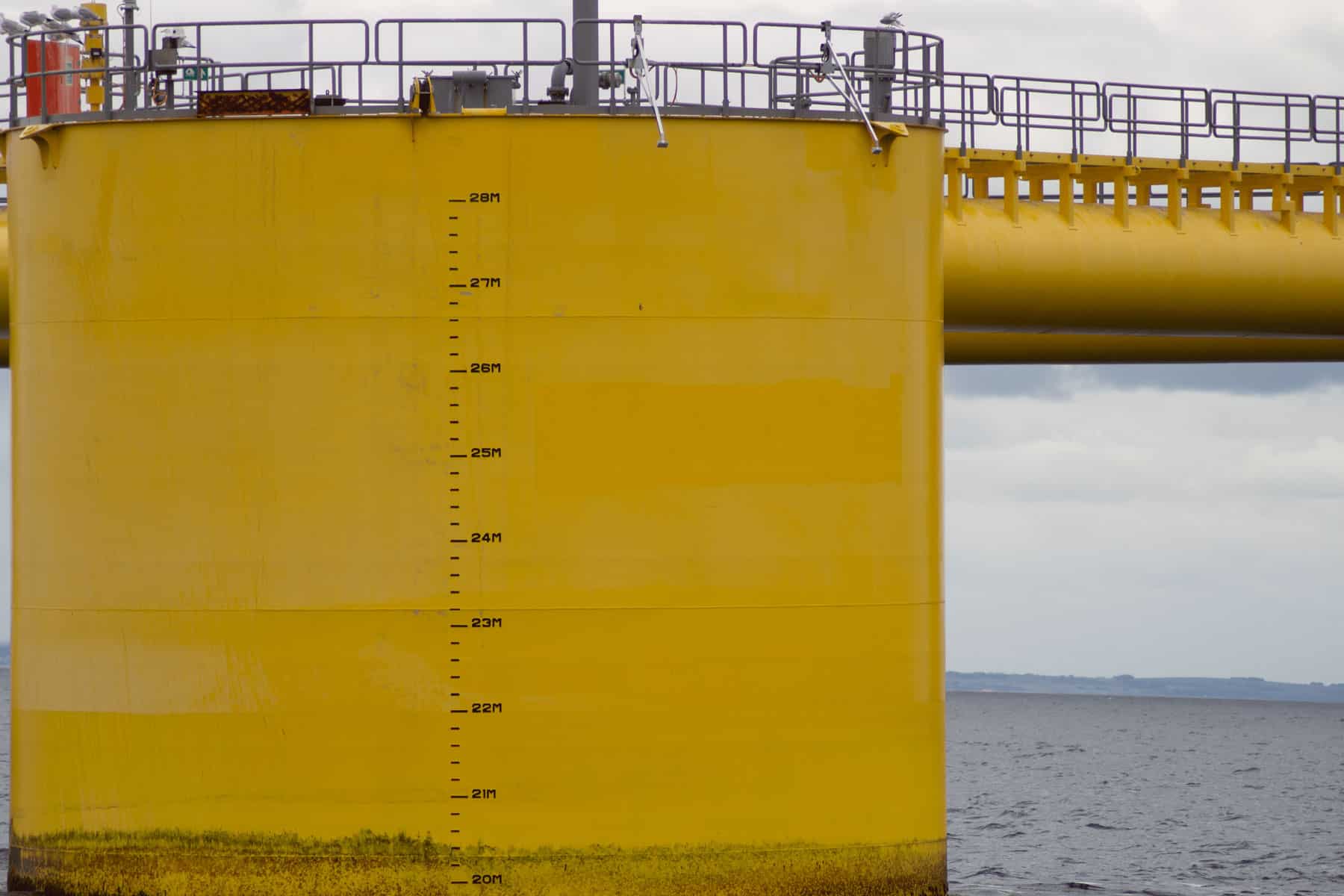By Tim Hunter – Floating Systems Technical Authority
In her foreward to the Scottish Government Offshore Wind Focus Paper, Gillian Martin MSP describes offshore wind as “a once in a generation economic opportunity for Scotland.” This isn’t just hyperbole. Forecasts by the Offshore Wind Industry Council (OWIC) and other industry bodies, suggest nearly £100 billion GVA in offshore wind supply chain opportunity by 2040.
”"As Europe’s first industrial scale floating wind project, Green Volt is dedicated to defining a sustainable course for industrialisation which will provide a stepping stone to this huge opportunity."
Foundations and substructures are frequently positioned as the pin ups of a future UK offshore wind supply chain. Renewable UK (RUK), ORE Catapult, OWIC, UK Government, Scottish Government and others have all highlighted the potential UK opportunity substructure construction will bring. A priority component in RUK’s Industrial Growth Plan and a market which could be worth, based on some projections, up to £8.5 billion in GVA (up to 2035) for floating wind alone.
Offshore wind foundation fabrication has historically been a largely elusive opportunity for the UK. Despite a strong tradition in marine and O&G fabrication, the majority of the UK’s offshore wind projects’ foundations have been fabricated internationally.

Tim Hunter, Floating Systems Technical Authority, presenting at Floating Offshore Wind – 9 October 2024
”"Recent investments in ports and infrastructure, the development of new UK jacket and monopile facilities, as well as groundwork laid by developments such as the HD Hyundai MoU with Highlands and Island Enterprise, all point to a new era for UK fabrication."
Floating wind substructures also lend themselves to localisation strategies. Their geometry is well suited to the modular construction strategies well known in the marine and oil and gas industries. Perhaps most importantly, the complexity of transporting circa 100 metre wide structures provides a logistical impetus, which transcends economics and politics, to localise at least the assembly phase of substructure manufacture.

Whilst the UK ambition for substructure manufacture is clearly articulated, the means by which the opportunity is accessed remains uncertain. What does “manufacture” or “fabrication” mean? What is the best balance between added value and speed of execution? How best to utilise key infrastructure assets? Some key actors in the supply chain remain cautious about a reborn local fabrication capability whilst others ambitiously plan for a return to ground up fabrication.
Away from offshore wind, the UK also has strategic programmes in defence and energy competing for largely similar capability and skill sets. The resolution of these aspirations leads not just to significant variation in the value add of offshore wind fabrication but in the technical and commercial trajectory of key supply chains.
The Green Volt project is developing technology selection, construction strategies and industrial partnering which not only proves floating wind can be delivered at an industrial scale but which delivers it in a way relevant to the ‘Giga scale’ industry which will follow. Matching UK ambitions for localisation with capability and multi sector pulls on a finite supply chain is critical not just for the success of Green Volt but the success of the sector as a whole.



